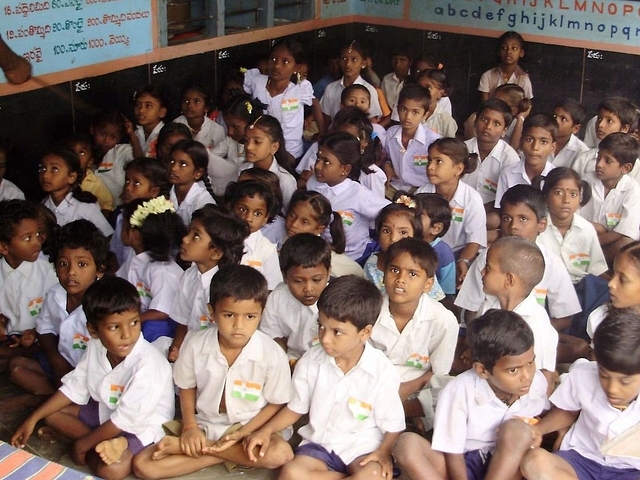
Economic Survey 2019: India’s Demography At 2040, TFR To Drop Below Replacement Rate By 2021
The 2019 Economic Survey predicts a sharp slowdown in India’s growth rate in the next two decades with the national Total Fertility Rate (TFR) predicted to go below the natural replacement rate by as soon as 2021. The survey says that several states are already in a demographic transition stage, with other states possessing historically high population growths soon to follow. The survey even predicts that some states will reach near-zero growth rate by 2031-41, similar to several developed European nations.
The changing demographics will have policy implications across areas like education, healthcare, retirement ages among others.
What's Good?
Despite TFR going below the replacement rate, the working age population will continue to grow till 2040. The working age population will grow by roughly 9.7 million per annum during 2021-31 and 4.2 million per annum during 2031-41. States with growing working age populations will meet the deficits in ageing states.
Life expectancy for both males and females will also continue to rise, and increasing the retirement age will have to be considered, similar to what’s seen in other countries. Policy intervention here will be key to ensuring viability of pension systems, and will also help increase the share of females in labour force among older age groups.
With overall number of school going children to decline by 18.4 per cent between 2021-41, schools per capita will rise across all major states even without the addition of new schools.
What's Not?
With the predicted decline in number of school going children decreasing, several states may have to resort to consolidating elementary schools in order to keep them viable. This will present several logistical challenges for the education system.
The Economic Survey notes that the population in the age bracket 0-19 has already peaked due to sharp decline in TFR across the country. The share of India’s young that is 0-19 years is projected to drop from as high as 41 per cent in 2011 to 25 per cent by 2041. On the other hand the share of elderly, 60 years and above, population will continue to rise steadily nearly doubling from 8.6 per cent in 2011 to 16 per cent by 2041.
The above transition presents a major healthcare access challenge to the country. Major interventions will be required to ensure that per capita availability of hospital beds keeps up with the ageing population.